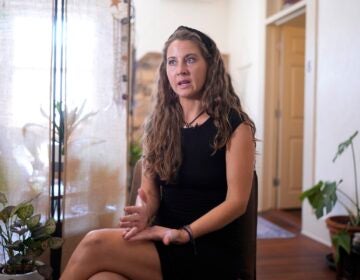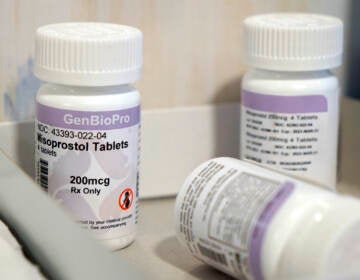Powerlifting pioneer Jan Todd recalls her barrier-breaking deadlift record 50 years later
In 1975, Jan Todd set a Guinness World Record with a 394.5-pound two-handed deadlift — but training was tough at a time when women weren’t expected to lift heavy.
This story is from The Pulse, a weekly health and science podcast. Subscribe on Apple Podcasts, Spotify, or wherever you get your podcasts.
Find our full episode on weightlifting here.
Jan Todd lives tucked away in the hills of Central Texas. Her two huge Bullmastiffs are splayed out by the pool basking in the sun. There’s Montey, and Pudgy.
“She says, ‘I’m Pudgy Stockton and I’m three years old and I’m a very, very good girl and a little overweight.’” Todd said by way of introducing her female mastiff. Pudgy Stockton is named after the iconic American strongwoman from the 1940s.

Todd walks past a replica statue of the Farnese Hercules, muscled, chiseled, and defined, and she enters the pool house which doubles as her office. It’s filled with trophies and memorabilia — a true treasure trove of powerlifting history.
Todd has collected boxes and boxes of materials over the years, for the various books and research papers she’s published over the decades. And then there’s a personal archive of the history Todd made herself.
“Where is it here?” she said flipping through newspaper clippings in a box. When she finds the clip she’s looking for, she reads from the faded print. “Highest competitive deadlift by a woman is 394.5 lb by Jan Suffolk Todd at Chattanooga, Tennessee on 3 May 75.”
Todd was about to turn 23 when that deadlift broke the Guiness World Record. And that was just the beginning. Todd kept lifting, and setting records.
In 1977, she became the first woman to officially squat more than 400 pounds. In 1981, she achieved a world record-setting deadlift of 479 pounds. In 1981, a world record squat of 545 pounds. Todd held more than 60 national and world records in total.
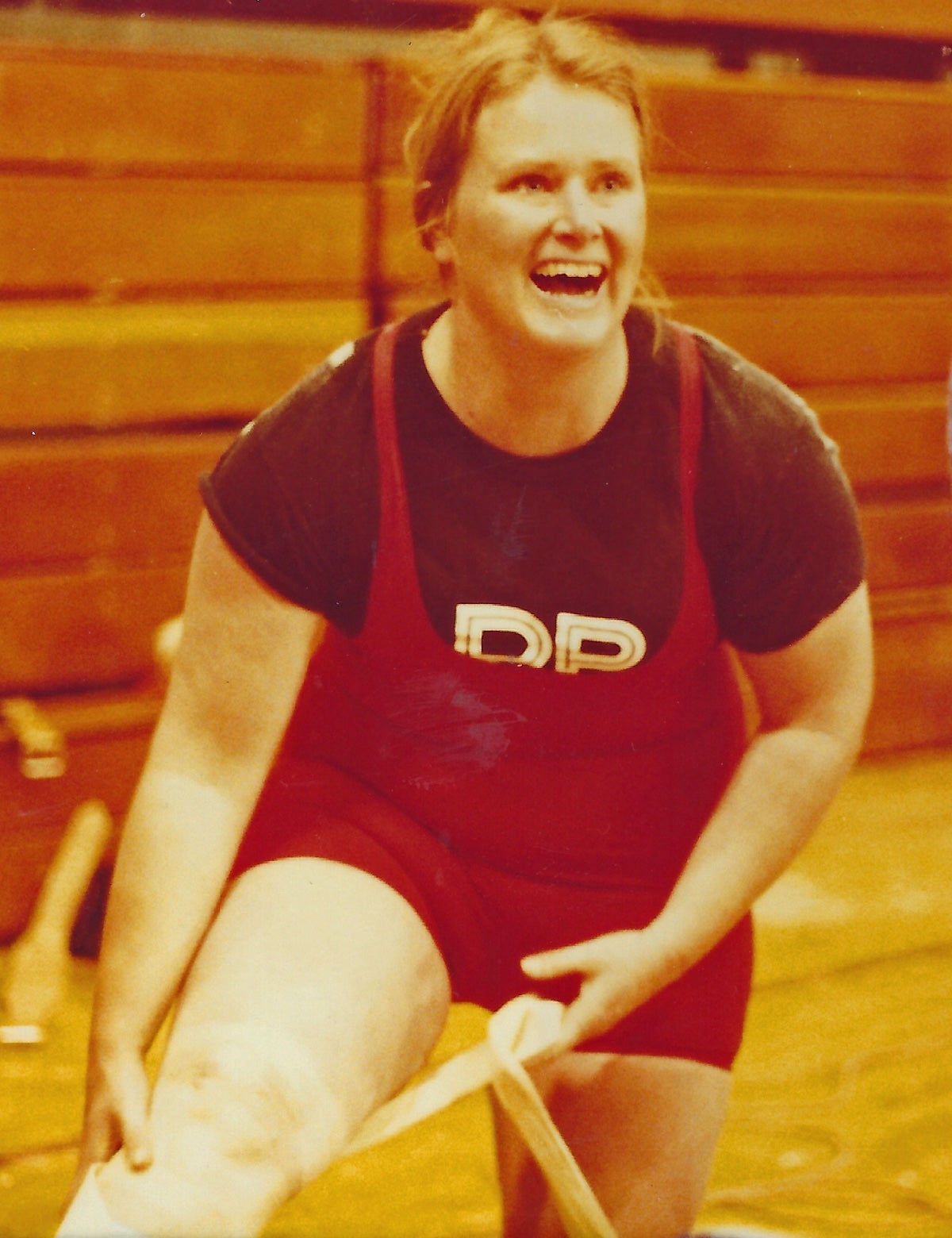
Simultaneously, Todd built a successful career in academia, she’s a Professor in the Department of Kinesiology and Health Education at the University of Texas at Austin.
“I feel like Jan Todd’s life and work really show how strength shapes identity,” said Michael Joseph Gross, who profiles Todd in his new book, “Stronger: The Untold Story of Muscle in Our Life.”
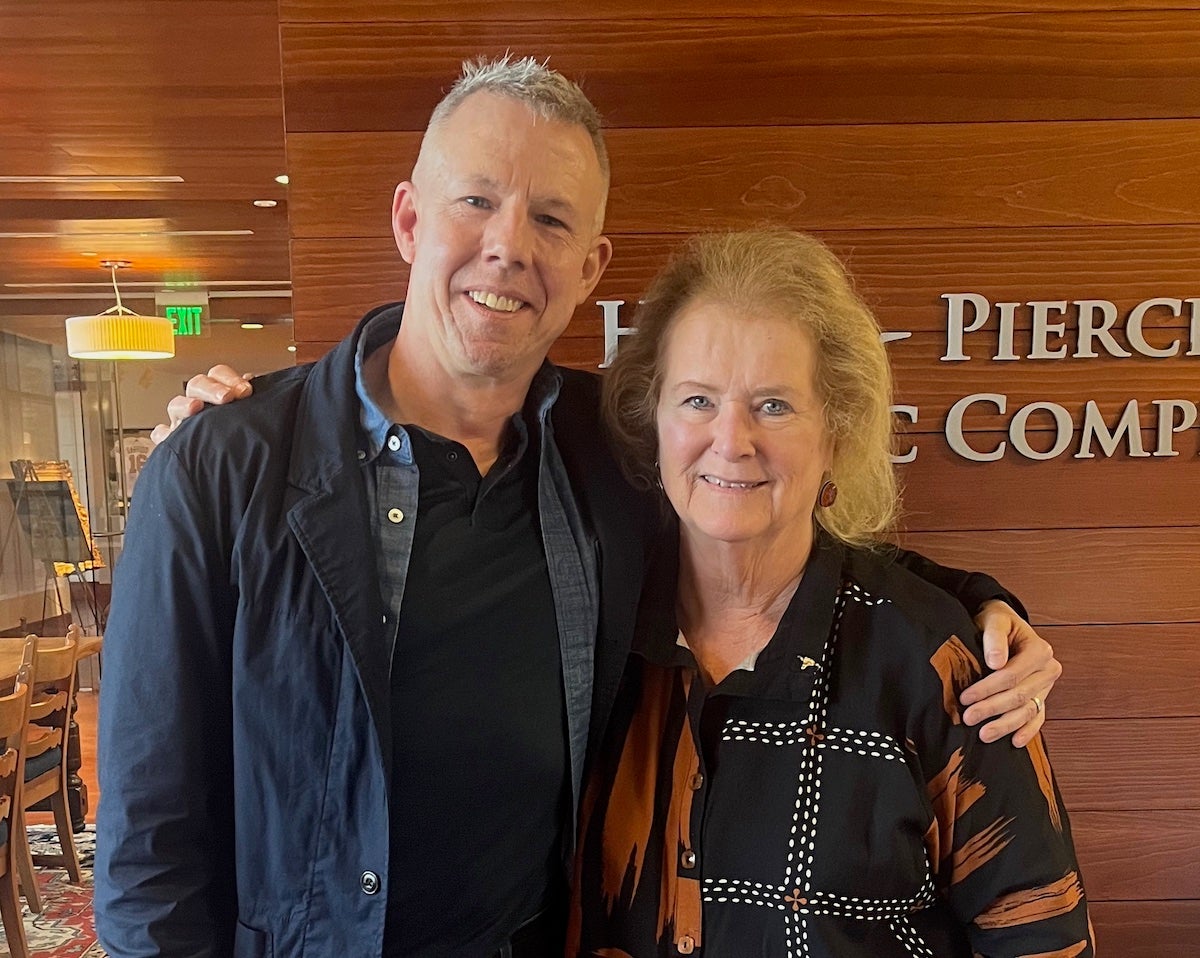
“She went on to be a co-author of the first scientific strength training guidelines for women. She was a strength coach at the highest levels who’s the first woman to coach any men’s powerlifting team to a world championship.” He added that Todd also made great contributions to writing and preserving the history of powerlifting.
“She single-handedly rediscovered these lost traditions of heavy resistance training among Victorian women,” said Gross.
Opening Gym Doors for Women
Todd’s athletic achievements were unthinkable when she was a teenager in the 1960s. “The first thing you should know about me is that I graduated from high school before Title IX passed,” said Todd. “So, I didn’t have normal sports experiences like modern girls do.” She was on the swim team in high school, but there were no varsity level opportunities.
When she was in college, Todd met her future husband, Terry Todd, a powerlifting champion.
“I had started going with Terry to the gym just cause he’s your cute boyfriend and you love him and like you want to spend all your time together. Not thinking about being an athlete at all,” she recalled.
At first, she thought the gym was boring, mostly because women were not expected to participate in the training, or even allowed to lift weights. Especially not heavy ones. “I mean, it was like no offense to the cute boyfriend husband, but it was pretty boring just to go and do light stuff because that’s not who I am,” said Todd with a chuckle.
But one day, she saw a woman at the gym, who much to her surprise was training with a barbell.
Subscribe to The Pulse
Todd decided to take a crack at it, and she was a natural. On her very first try, she deadlifted 225 pounds — the same weight the other woman had been training to lift.
And this experience planted a seed. The Guinness record at the time was 392 pounds. And after seeing Todd lift, Terry said she could beat that record. They had a goal, but finding a place where Todd could train was a major challenge, because most gyms weren’t open to women.
They tried using the gym at Mercer University in Macon, Georgia, where she was an undergraduate and masters student in the 1970s.
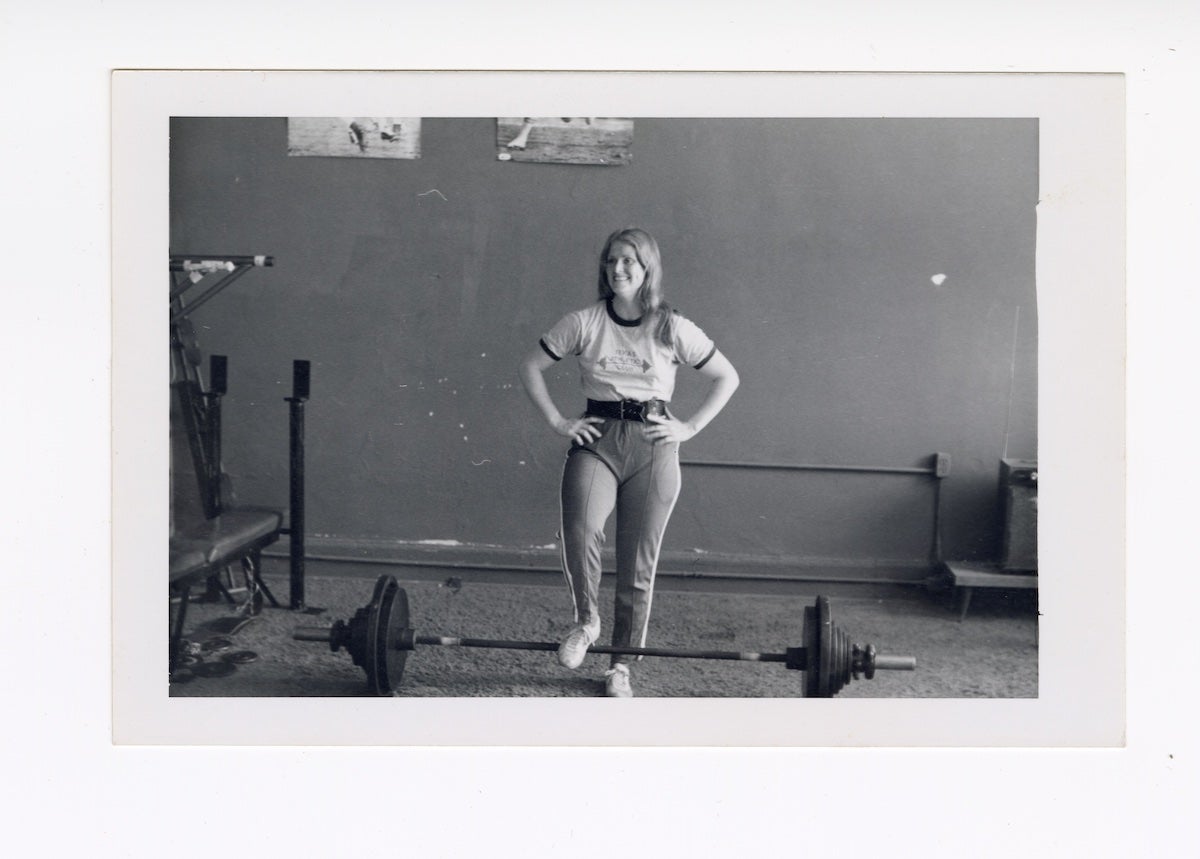
“We had to get permission,” Todd said. “I could only go if there were no men in there at the same time. (Terry) could be with me, but nobody else could. I couldn’t go in when the teams trained.”
They then went to European Health Spa, an old chain of gyms across the United States, to see if it was a better fit.
“Health spas in those years primarily had men’s days and women’s days,” said Todd.
Todd says that the reason for this separation was the notion that men would be distracted by the sight of women in the gym. All the while, women would feel embarrassed to be seen lifting weights in public.
“If I went on women’s days, I wasn’t allowed to use the barbell,” she added. “I could only use the machines.”
Her routine required the barbell, which got her in trouble one day.
“‘You’re really not allowed to do that in here, ’” She recalls a staff member telling her.
The couple was eventually able to find a gym to accommodate their needs at a men’s only athletics club.
“Terry knew the owner, said Todd. “There was no women’s restroom. There was no changing room for me. (Luckily), nobody made fun of me because Terry was with me.”
After a few trials and errors, Todd was finally able to properly train. Women’s competitions weren’t around until 1977, so she lifted at men’s events.
“I liked it so much,” she said. “I liked the structure of it. I like the fact that lifting does provide you with psychological rewards all the time when you’re training. If you have set goals for yourself and you hit those goals in training, you walk out of the gym feeling great. The other thing I liked honestly was doing something that most other women didn’t do.”
A big reason for the resistance against women in powerlifting was in part due to health misinformation.
“One of the beliefs of the 80s was that somehow there were still gender-appropriate exercises,” she said. “So, men would do squats, but girls would do leg presses. Why? Because the leg press will probably not make you as strong as squats. It’s not as much of a sort of multi-muscle, multi-joint exercise.”
These perceptions were also informed by beauty standards of the time.
“When I began lifting weights, there were no models who showed any muscles on their bodies if they walked the runways,” she said. “The idea of a woman having muscles was seen as somewhat transgressive. ‘There must be something wrong with you if you want to have muscles.’ But because of Title IX, women have more access to weight rooms and sports,” she said.
Todd became a kind of model herself of a different body standard, as she was featured in mainstream magazines like Sports Illustrated, and appeared on The Tonight Show Starring Johnny Carson.
Since her days of competitive powerlifting, a paradigm shift has taken place.
“Now, of course, if you go to the gym, you’re going to see as many women in current health clubs as you are men. And the women will be working with basically the same kinds of exercises that men do.”
Compound movements like squats, deadlifts and pull-ups that work multiple muscles at the same time.
“I think now people have begun to realize that there really isn’t any reason for men and women to train different,” Todd said. “Because of that, one of the most exciting things is we’re finally beginning to understand how strong women can be. It’s only now because women are finally sort of embracing the idea that that strength doesn’t have to be gendered. It isn’t just about masculinity. Muscle is muscle and there’s no reason to say that my muscles should never really work at the end limits of itself when we would sort of expect that from a man.”
WHYY is your source for fact-based, in-depth journalism and information. As a nonprofit organization, we rely on financial support from readers like you. Please give today.




